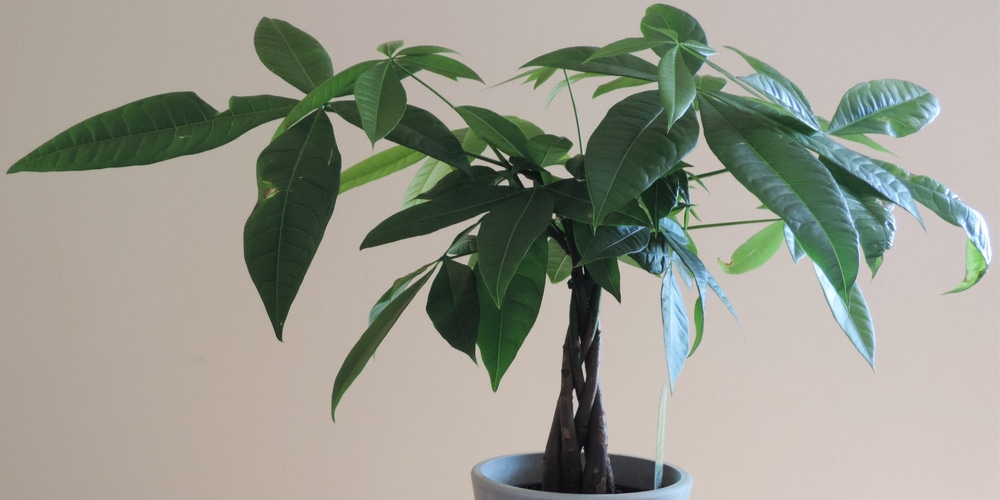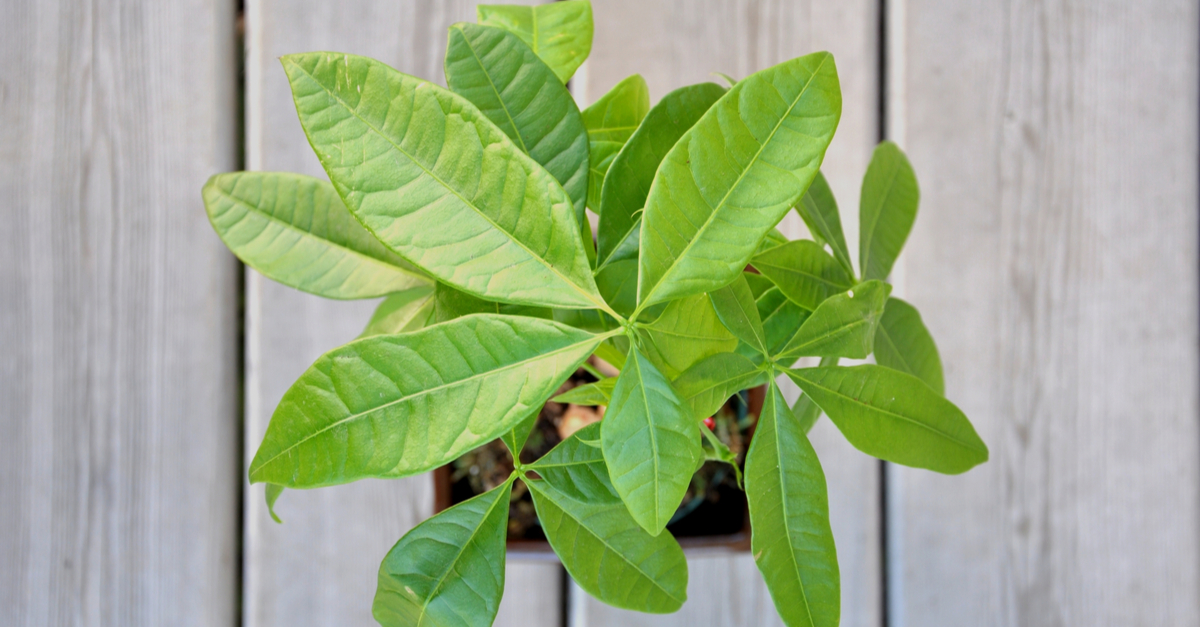Money Trees are perfect if you want to add extra life and color to your indoors. They are not like most indoor plants and can help you make a statement with your decor. Plus, if you like tropical looks, this plant will help you recreate a jungle environment in your living room.
Despite their intricate appearance, they don’t require much attention from your side. Give it enough water, light, humidity, and plant it into a suitable potting mix, and you won’t have to worry about much else. If you have one at home, you might love it so much that you’d like to have new plants. But purchasing a couple more might not be the best choice because they can be expensive. The good news is that you can grow new plants from healthy cuttings or through water propagation. No need to break the bank for buying your favorite plants!
If you are curious to learn all you should know about Money Tree Propagation, you’ve landed in the right place. Here, we put together an essential guide about the most effective methods for having a healthy family of thriving Money Trees.
Money Trees Reproduction

These stunning plants are native to the swamps of Central and South America. You probably won’t recognize them in their natural habitat: they can be ten times taller than those we tend to grow at home. Plus, they don’t display the attractive braided stems we love so much about Money trees. However, they produce some of the largest flowers in the natural world.
In forests, bats are the pollinators of these trees. As the flowers turn into large seed pods, they contribute to the tree’s reproduction: once mature, fruits drop to the ground, propagating the plant’s seeds.
Indoors, it is rare for these plants to flower. Propagating by seed is therefore not an option. Luckily, that doesn’t mean you can’t grow new plants from your existing money tree. Learn about selecting cuttings and handling them in the following sections. Putting our tips into practice will help you develop healthy plants, no doubt!
Money Tree Propagation by Cutting
Propagation by cutting is arguably the most effective method to recreate new plants from your money tree. You can also use it to save a dying tree by taking its healthy sections and transplanting them to another pot.
The trick to effective propagation is to select firm and vibrant sections with two or three leaf nodes. The stem must be at least 6 inches in length. Nodes serve as the starting point for a new set of roots, so try not to damage them.
To avoid contamination and other issues, you must use sterile scissors (or a sharp knife) when taking cuttings from your plant. Observe your plant and look for nodes at the bottom. Cut an inch below them, aiming for a 45 degrees angle cut to reduce stress. If your Money tree is healthy and dense, you can take more than one cutting to increase the chances of successful propagation.
You will want to act quickly to preserve your cuttings hydrated. The idea is that by creating an environment where your Money tree cuttings can develop healthy roots, your plant will have higher chances to grow. While this might sound like an easy task, it is slightly more complex than putting them in soil and waiting. But don’t be scared! You will be able to master this process by following our tips.
Rooting Money Tree Cuttings
For your cuttings to thrive, you’ll have to place them in a well-drained soil mix, with good aeration and enough nutrients. Sandy or peat moss soils work wonders at this stage. For even better drainage, you can use Succulent blends you’ll find at your gardening store.
While it is not necessary, purchasing a rooting hormone will further increase your chances of getting a healthy plant. An effective substance will limit the effects of “transition shock” and contribute to your cuttings developing roots quickly.
With the right potting mix and root hormone, you should be ready to start the process of transferring your cuttings. Plan them in a small pot with drainage holes. Dampen the potting mix to prepare it to welcome the cuttings. Take away any leaves from the lower nodes without damaging the stem. Before putting your cuttings in the soil, deep the bottom in root hormone. Make a hole at the center to insert the stem and keep it in place with potting mix.
Don’t forget to keep the soil moist and wait! Under the right conditions and with adequate care, your cuttings will develop roots in about six to eight weeks. After a month, they should be ready to move to a bigger container.
Money Tree Propagation: Water
While propagating in soil tends to be more effective, you can try water propagation. Only keep in mind that even if the process might seem more fun, you might not be lucky when it comes to developing a new plant. Indeed roots in water tend to be less resilient and not as hardy as those that form in the soil. However, if you are curious to learn about water propagation, here you’ll find what you need!
Selecting cutting works the same for developing new plants from planting cuttings. Remove leaves at the stem and place the stem and nodes underwater. Select a container that is tall enough to welcome one-third of your cuttings and fill it with water. You might think that a mason jar will do the job, but many gardens prefer using a water bottle. Even if not as aesthetic, it will provide your cutting with the support they need.
The Bottom Line
Creating new plants from existing Money Trees is not challenging. You will have to be careful at selecting the right parts to cut. Plus, make sure they grow under adequate conditions. Also, you will have to be patient. With the proper care, in a couple of months after rooting, you’ll be able to get a new plant of Money tree to add to your home decor.
Related Article: Save a Money Tree From Root Rot in 5 Easy Steps
